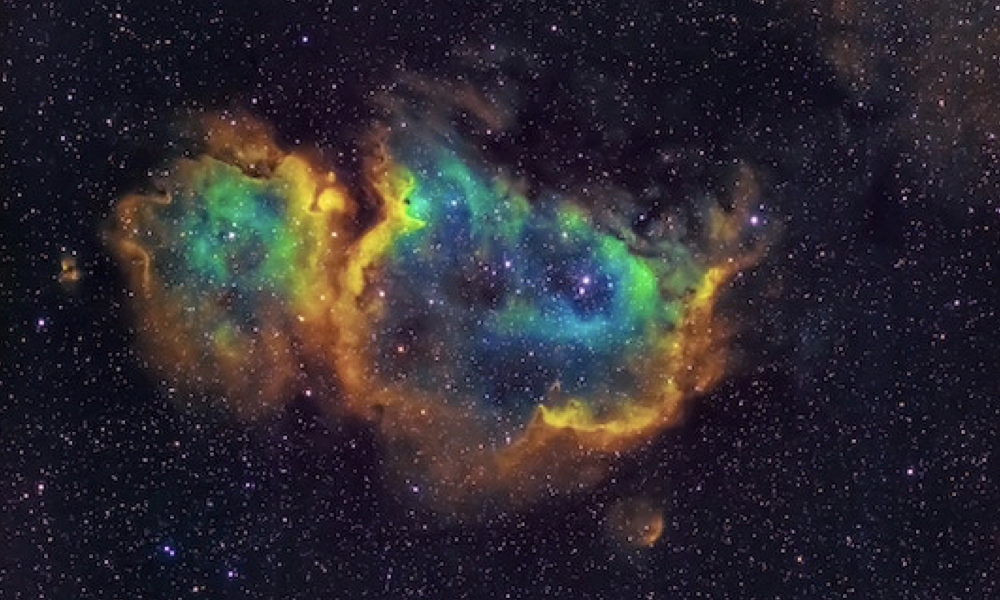
ESA Open Invitation To Tender AO8715
Open Date: 28/06/2016
Closing Date: 02/09/2016 13:00:00
Status: ISSUED
Reference Nr.: 16.1EP.02
Prog. Ref.: TRP
Budget Ref.: E/0901-01 – TRP
Special Prov.: BE+DK+FR+DE+IT+NL+ES+SE+CH+GB+IE+AT+NO+FI+PT+GR+LU+CZ+RO+PL+EE+HU
Tender Type: C
Price Range: 200-500 KEURO
Products: Satellites & Probes / Power / Storage: Batteries
Technology Domains: Spacecraft Electrical Power / Energy Storage Technologies / Electro-Chemical Technologies for Energy Storage
Establishment: ESTEC
Directorate: Directorate of Technical & Quality Management
Department: Electrical Engineering Department
Division: Power & Energy Conversion Division
Contract Officer: Karl, Heinz-Uwe
Industrial Policy Measure: C1 – Activities in open competition limited to the non-Larg…
Last Update Date: 28/06/2016
Update Reason: Tender issue
For the past two decades, LiCoO2 and graphite have been established as the positive and negative state-of-the art materials for commercial Li-ion cells. Despite its market success, LiCoO2 can deliver only 140 mAh/g capacity which corresponds to half of its theoretical capacity. The latter limitation of LiCoO2 is attributed to structural instability of the material when more than half of the Lithium ions are extracted. Graphite is the anode material of choice for commercial Lithium-ion batteries since their commercialization in 1991 and has a theoretical capacity of 372 mAh/g. For space applications in Europe, lithium ion technology has been established as the state-of-the-art battery technology, since the launch of Proba 1 satellite in 2001. However the specific energy of the state of the art Lithium-ion batteries used at the moment for space applications in Europe is limited to ~ 150 Wh/kg.To increase the specific energy of future Lithium-ion cells and therefore develop lighter and more powerful lithium batteries for space applications, it is necessary to develop advanced materials. The latter would include positive electrode materials with higher capacity compared to LiCoO2 that can operate at higher voltage and also negative electrode materials with a potential close to Li/Li+ with higher specific capacity than that of graphite. Electrolyte formulation will also have to be improved in order to avoid oxidation of electrolyte eat high voltages which would lead to capacity fading for the Lithium-ion cell. The positive electrode materials that are believed to be the successors of LiCoO2 for Lithium Ion batteries in the near future, include Li-Co-Ni-Mn-O layered compounds (so called NMC type materials with 200 mAh/g capacity) and High Energy Li-Ni-Co-Al-O (or NCA with ~ 220 mAh/gr capacity). Silicon based materials, like Silicon/carbon (Si/C) composites are believed to be the most interesting negative electrode material for the future Lithium-ion batteries. Main challenges to be tackled are related to the Silicon based materials and include the increase of cycling coulombic efficiency, reduction of volume expansion and to establish stability of SEI layer upon cycling. Finally, coating of the positive material and electrolyte improvements will have to be done in order to avoid parasitic reaction at high voltages. For space applications where high specific energy is a top requirement for Lithium-ion batteries, electrochemical couples based on NMC and Si/C and NCA andSi/C are necessary to be developed in order to obtain advanced Lithium batteries to power the future European Satellites. Procurement Policy: C(1) = Activity restricted to non-prime contractors (incl. SMEs). For additional information please go to EMITS news “Industrial Policy measures for non-primes, SMEs and RD entities in ESA programmes”.
If you wish to access the documents related to the Invitation to Tender, you have to log in to the ESA Portal.
